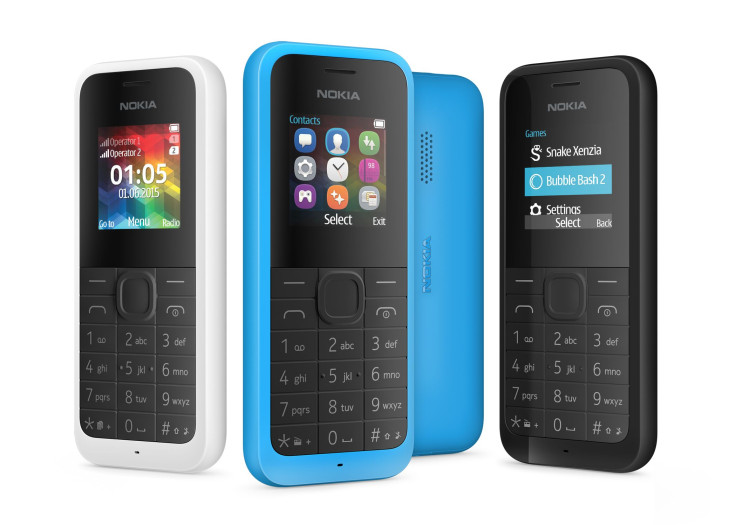Microsoft (MSFT) Is Doubling Down On Cheap Phones That Are Popular In Emerging Markets

Microsoft Corp.’s high-end Windows smartphones may be struggling in the U.S., but thanks its acquisition of Nokia last year, it's becoming a bigger player in the developing world where cheap phones still dominate. They're doubling down on that strategy, releasing a new iteration of the Nokia 105 that costs the same rock-bottom price as the old one, less than $20 in India, and adding a second SIM slot as well as boosting contact storage roughly four-fold to 2,000.
Other features are retained too, such as the long-lasting battery, which delivers 35 days of standby (25 if you are using two SIMs), the flashlight and the FM radio. The new iteration reflects Microsoft’s larger play in markets such as India, where Windows phones have a good following, of building ever cheaper phones at different price points, when seen in conjunction with the features they offer.
The new Nokia 105 is a basic phone that offers no substantial Internet connection and runs on Nokia’s Series 30 operating system. However, Microsoft has also released Windows phones under the Lumia brand at sub-$100 prices, such as the Lumia 430 and the Lumia 435.
Many of the new Lumia phones that Microsoft is releasing, such as the Lumia 640 and 640XL that went on sale in India in April, come with the latest Windows software out of the box. They are also slotted to automatically receive the Windows 10 upgrade once Microsoft releases their new operating system.
While sales of basic phones is falling in India, the third biggest smartphone market in the world, cheap phones such as the 105 still account for five out six phones currently in use in the subcontinent. India has almost 1 billion wireless connections and today, smartphones account for one in three of all phones sold in the country. About 60 million mobile phones were sold in India between January and March this year.
However, at around $85 to $100, smartphones are still too expensive beyond the approximate 50 million middle class households in the country. For the street-side fruit vendor or the daily laborer on construction sites, or even for the millions of mobile phone users whose primary need is to keep in touch with their families, handsets like the 105 remain first choice.
© Copyright IBTimes 2024. All rights reserved.






















